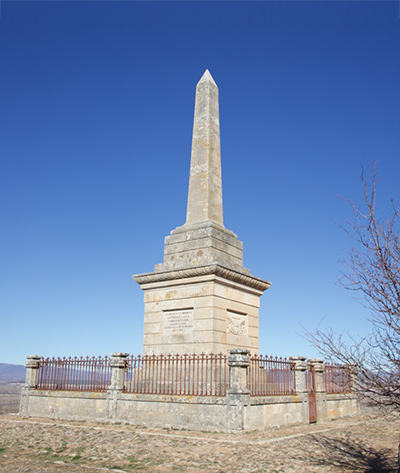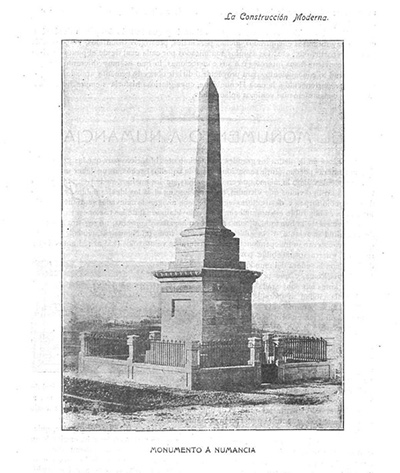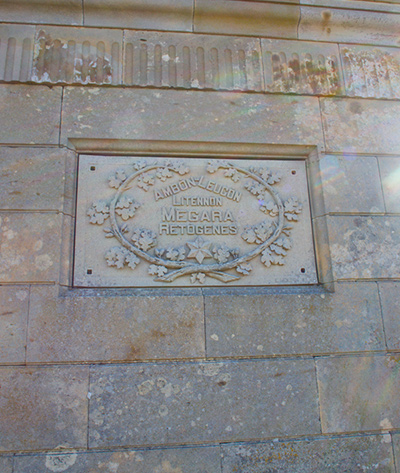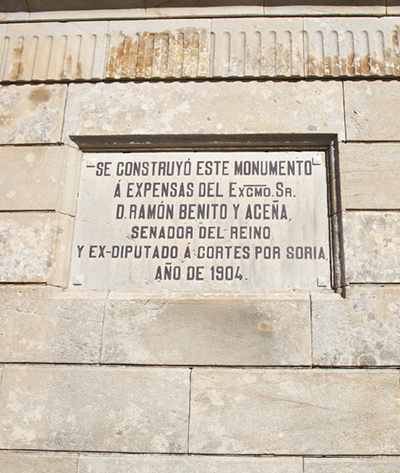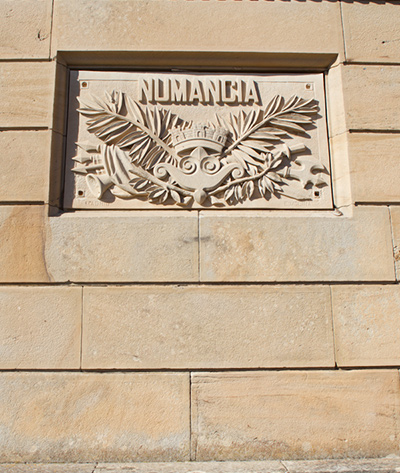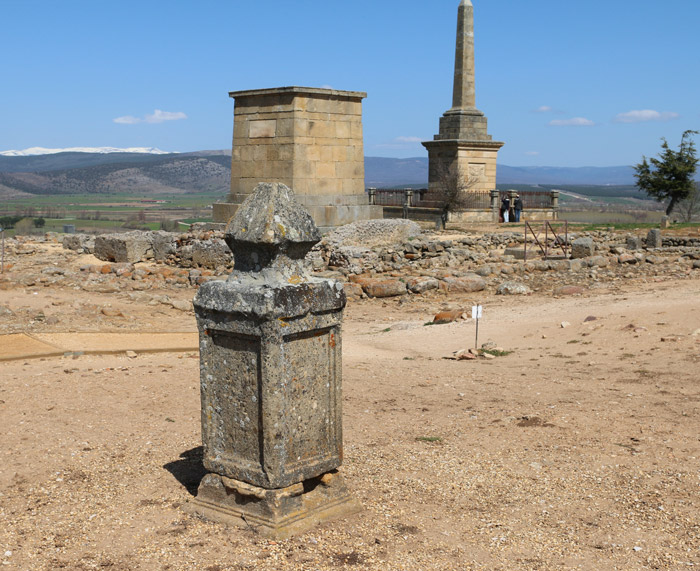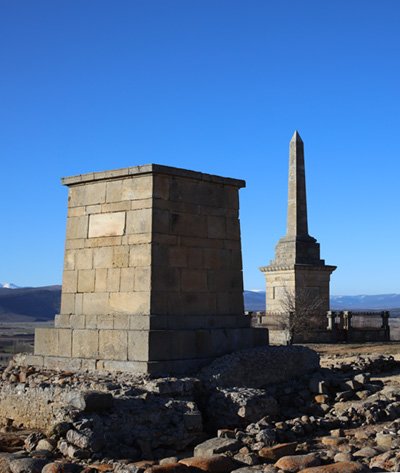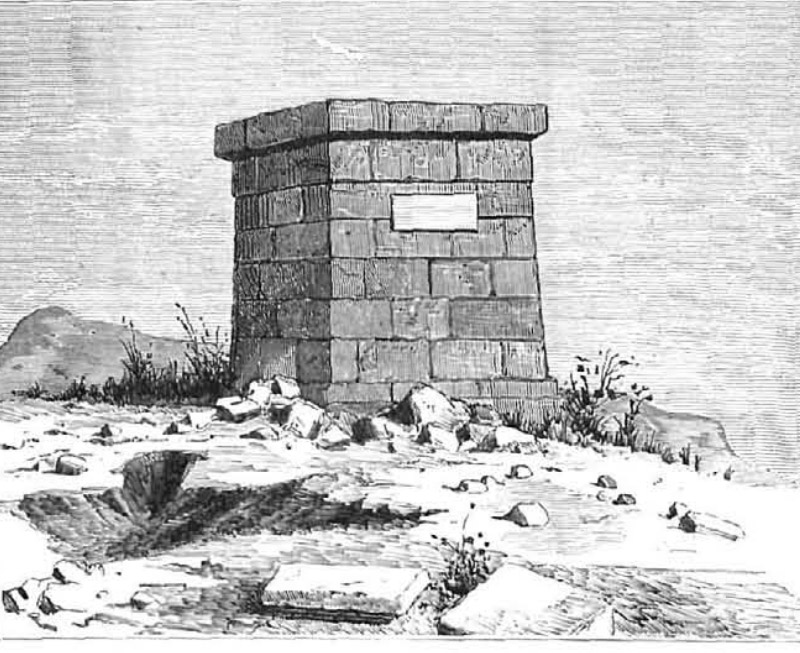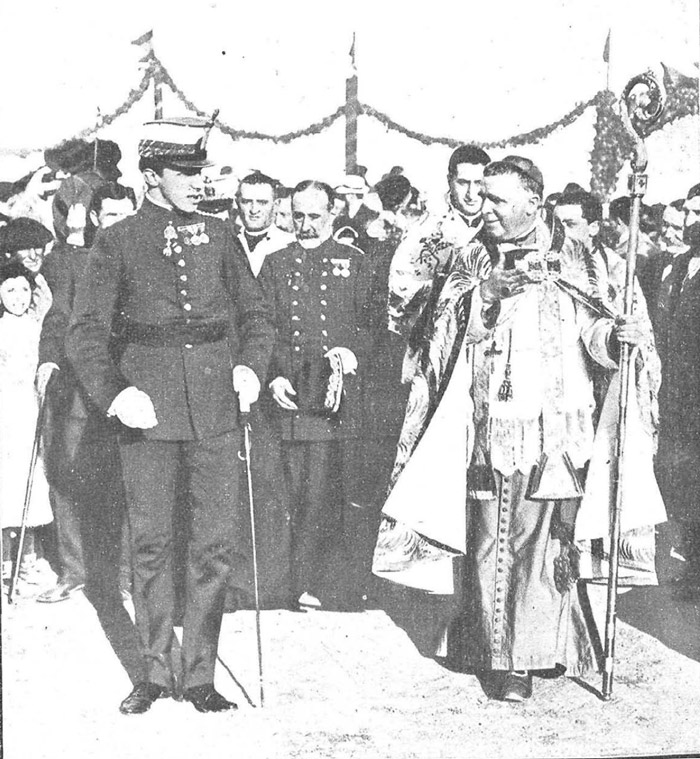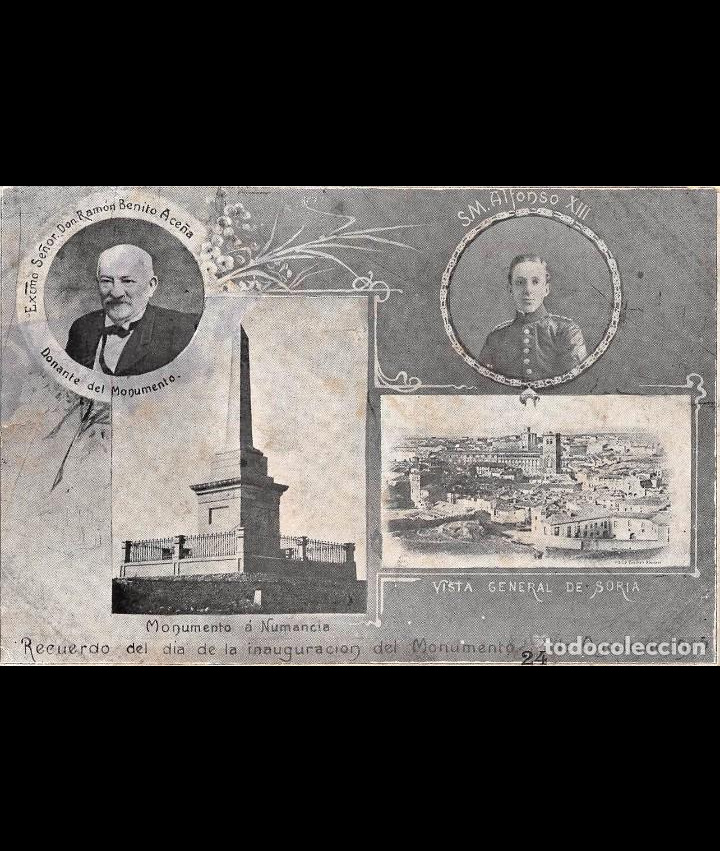Chapter I
Numantia, Historical City and Symbol of Resistance
Numantia is the most often cited Celtiberian city in classical sources; it has in fact come to be a much-vaunted byword for heroic resistance against impossible odds. From an archaeological standpoint, the start of new excavations in Numantia and scientific identification of its actual site now usher in a new stage of knowledge about the remains of this mythical city. But nineteenth- and twentieth-century textbooks do not take these archaeological insights into account, falling back on idealized images of Numantia. The name of Numantia itself vanishes during the period of Muslim occupation.
Carta Numancia
[Cicero, In Catilinam, IV, 21]
[Frontinus, Stratagems, 3,17.11]
[Paulus Orosius, Historiae Adversus Paganos]
[Horacio, Odas, II, 12]
[Horacio]
[Propercio, Elegías, IV,11, 30]
[Séneca, Opera Moralia, VI, 20]
[Valerio Máximo, VII,6 ext.2]
(Cicero, In Catilinam, IV, 21)
To the soft sounds of my lyre the long wars
Of the fierce Numantia…
(Horacio, Odas, II, 12)
He desists from talking about the long wars of brave Numantia.
(Horacio)
was useful to somebody as a honor,
kingdoms of Africa proclaim my ancestors,
the renowned people from Numantia…
(Propercio, Elegías, IV,11, 30)
(Valerio Máximo, VII,6 ext.2)
(Séneca, Opera Moralia, VI, 20)
(Frontinus, Stratagems, 3,17.11)
(Paulus Orosius, Historiae Adversus Paganos)
The memory of this city thus died out in the Middle Ages. In the tenth century, indeed, the Monarchs of León, seeking historical and cultural authentication for their new kingdom and new capital city, claimed that Zamora sat on the ancient site of Numantia. This claim was reiterated in several histories and documents of the Court of Ramiro III, in 973, in the Oviedo wording of the Chronicle of Alfonso III and King Alfonso X’s General Chronicle of Spain. This misattribution was rectified in c. 1409, the original site now being shifted to Soria. Later, at the start of the sixteenth century, Antonio de Nebrija finally placed it in the right spot, with later corroboration of this site in the hill known as Cerro de la Muela, supported with powerful historical arguments by Ambrosio de Morales in the second half of the sixteenth century.
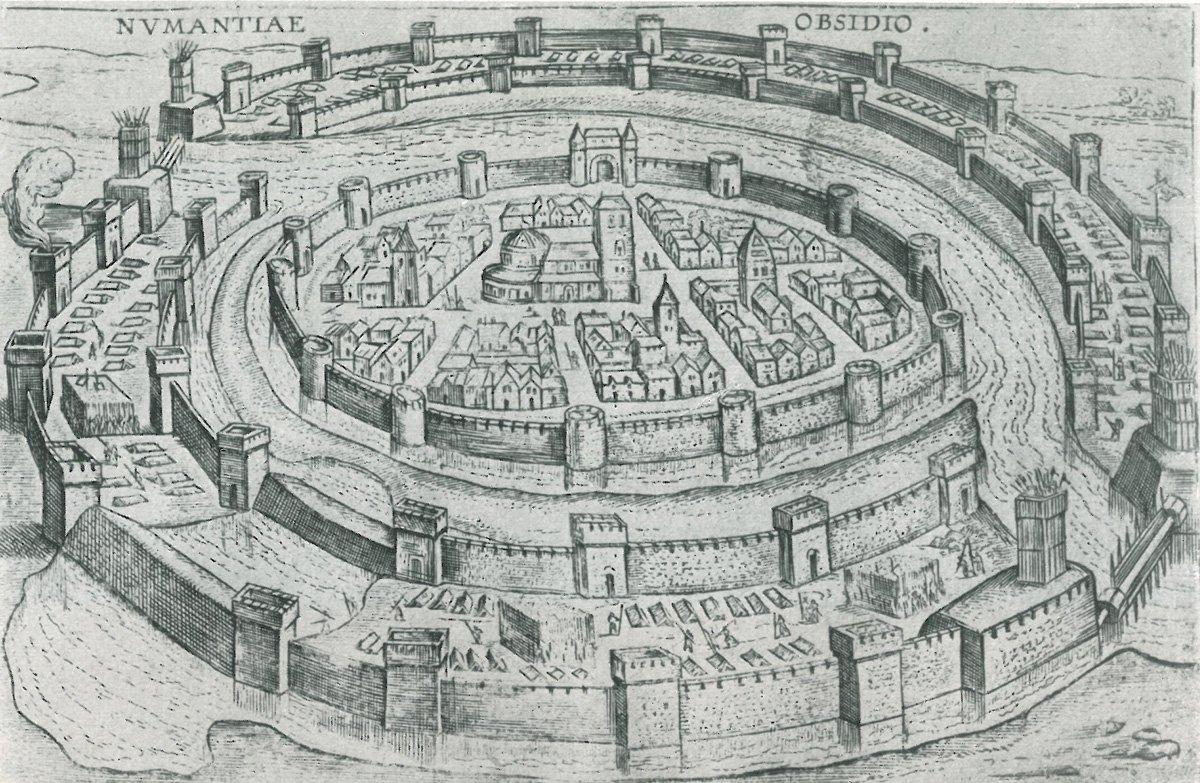
The reign of Philip II (1556-1589) was one of Numantia’s high points, coinciding with the splendour of Spain’s empire of the time. It was then, in 1582, that Miguel de Cervantes wrote The Destruction of Numantia (La Destrucción de Numancia) , extolling the symbolic worth of Numantia’s feat. This image was then tapped into at will to encourage heroic resistance against the enemy or any people’s ideas of freedom. By the eighteenth century, sundry historians like Florián de Ocampo, Padres Flórez and Méndez , took its Soria site as gospel; Juan Loperraez (1788:249-289) conducted important on-the-spot research and drew up the first plan of the Cerro de La Muela and its visible ruins.
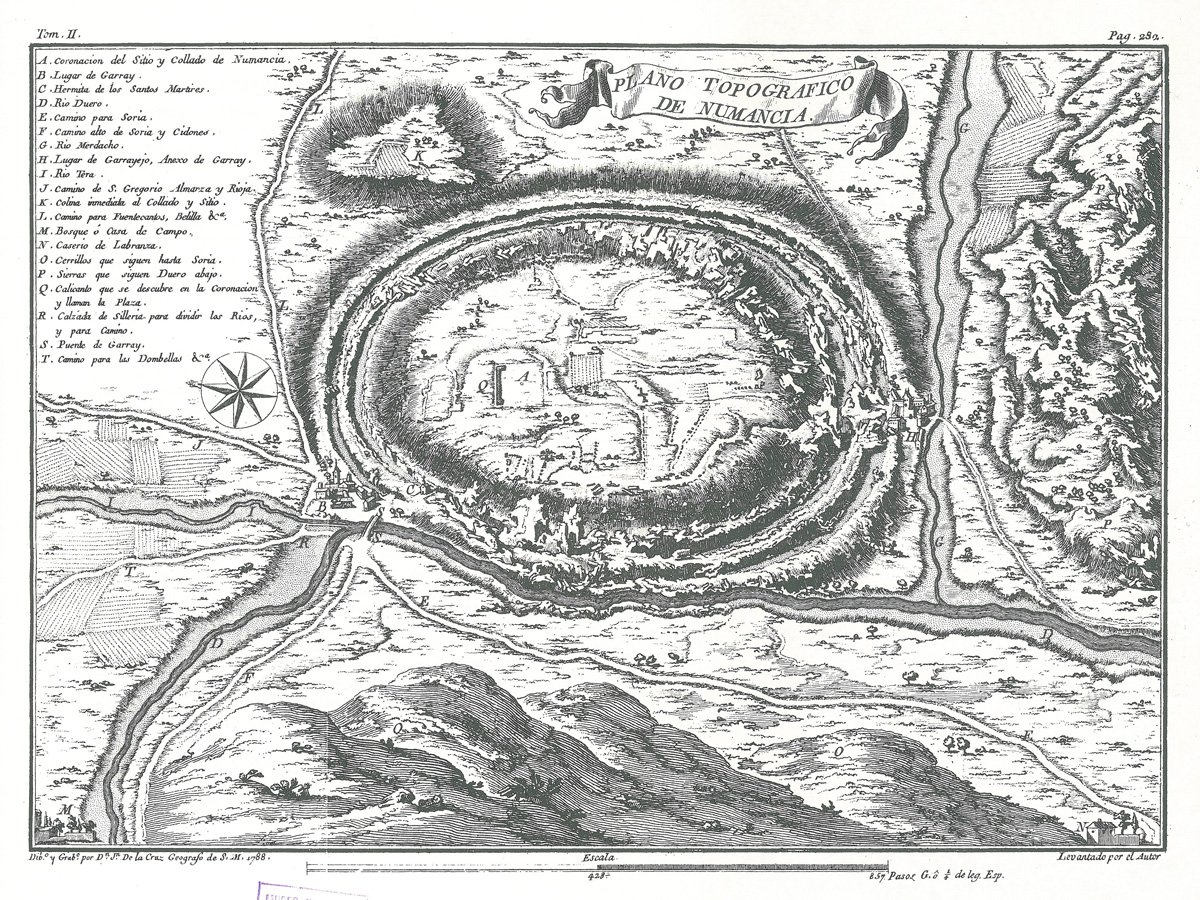
Cervantes’s “La Numancia” was once more invoked in the Sieges of Zaragoza (1808-1809), seeking identification with the Numantines’ heroic defence of their fatherland. A Soria battalion called “Batallón de Voluntarios Numantinos” was set up, considered to be the offspring of Numantines and heirs of the same cause in their struggle for freedom under a foreign yoke. Numantia was also used to develop a Sorian sense of provincial identity to shore up the new design of the province of Soria stemming from the 1833 restructuring by Javier de Burgos. This led to a “democratisation” of the Numantia ideal; it came to be used by all Sorians as a historical keystone of the group identity. At that time Soria wanted to call itself Numantia.
A noteworthy role in this lionisation of Numantia was played by the history manuals of Spain, such as the one written by Padre Mariana (re-published in 1828), which then underpinned all nineteenth-century historical invocations. The government of Isabel II (1856) created the National Fine Arts Exhibitions to encourage historical painting in the service of the monarchy. Amongst the academy’s fixed themes featured “The Last Day of Numantia” . The start of excavations (1861-1867) seemed to open a new stage in our knowledge of the remains of the mythical city. But the discovery of fairly modest houses and architecture clashed with the received images of heroism and grandeur now set fast in the popular mind.
The myth-defying insights thrown up by these digs did not stray beyond the intelligentsia. The idealized image lingered on among the public at large. Alejo Vera, for example, in his painting called “The Last Day of Numantia”, produced fourteen years after the excavations of the Royal Academy of History, envisaged Numantia with a great ashlar wall, receiving flak for its lack of historical accuracy. It was nonetheless this painting that passed on the image of Numantia, serving as illustration for most textbooks and history manuals used in schools in the late nineteenth century and part of the twentieth.
The first monument of the heroes of Numantia was initiated by the Numantian Economic Society in 1842, but it was not finished because the funds raised were used to help the widows of the Sorian officers who fell in the battle of Bayón. By its side, a small pedestal was placed in 1886 by the second battalion of the San Marcial regiment.
Finally, in 1905 an obelisk was dedicated, a few meters from the previous two, inaugurated by King Alfonso XIII.
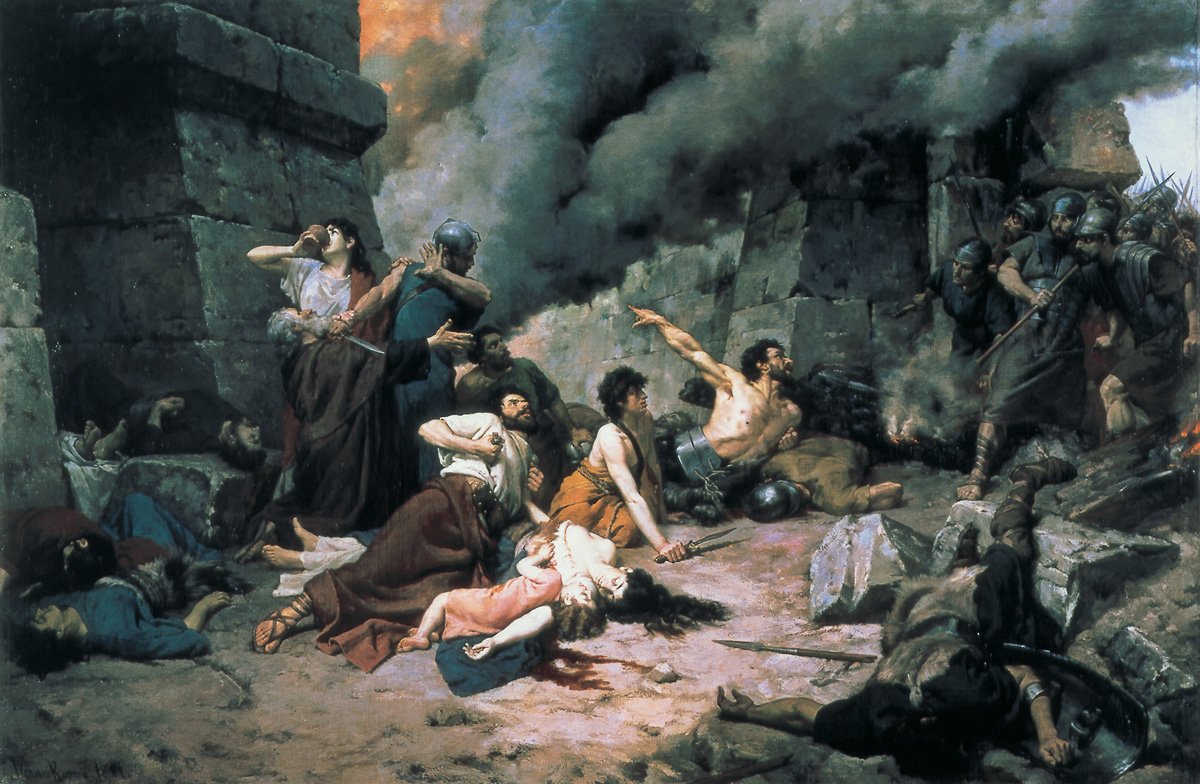
Gallery of chapter images
go on to chapter II >>>History of the Research
Bibliographical references
- Antonij de Guevara. Folget die Historia von der Statt Numantia. Centro de digitalización Göttingen (GDZ).
- Antonio de Guevara (1782). Obispo de Mondoñedo. Las Epistolas familiares, Tomo III. Madrid, pp. 27-39.
- Azcárate Luxán, Isabel, Victoria Durá, María Pilar Fernández, Elena Rivera y María Ángeles Sánchez de León (1994). Historia y alegoría: los concursos de pintura de la Real Academia de Bellas Artes de San Fernando (1753-1808). Madrid, pp. 225-236. ISBN 13: 9788487181191.
- Capalvo Liesa, Álvaro (1996). Celtiberia: un estudio de fuentes literarias antiguas. Zaragoza. ISBN 84-7820-324-9.
- Cervantes Saavedra, Miguel de (1585). La Numancia. Edición de Florencio Sevilla Arroyo, 2001.
- Happel, Eberhard Werner (1683). Gröste Denkwürdigkeiten der Welt Oder so genannte Relationes Curiosae, Die Zerstörung von Numantia. Hamburgo.
- Hosius, Joannes (1673). Oratio II. De Victa Carthagine et Numantia per Scipionem.
- Hübner, Emil (1869). Corpus Inscriptionun Latinarum, Vol.II (Numantia), Berlín.
- Kromayer, Johannes y Georg Veith (1922). Schlachten-Atlas zur antiken Kriegsgeschichte: 120 Karten auf 34 Tafeln; mit begleitendem Text. Zweite Lieferung, Römische Abteilung 2. Von Cannae bis Numantia. Leipzig.
- Lipsius, Justus (1596). Iusti Lipsi De militia romana libri quinque: commentarius ad Polybium, Amberes.
- Loperráez Corvalán, Juan (1788). Descripción histórica del Obispado de Osma, con tres disertaciones sobre los sitios de Numancia, Uxama y Clunia, Madrid.
- Morales, Ambrosio de (1575). Las antigüedades de las ciudades de España que van nombradas en la Coronica, con la averiguación de sus sitios, y nombres antiguos. Alcalá de Henares.
- Novoa, Manuel de. Historia de Numancia y fundación de Zamora [Manuscrito del siglo XVIII]. Biblioteca Nacional de España.
- Rojas Zorrilla, Francisco de (1977). Numancia cercada y Numancia destruida. Edición, prólogo y notas de Raymond R. MacCurdy. Madrid. ISBN: 978-8473170130.
- Russell, Nicholas F.(2009) The Story of Numantia during Antiquity and the Middle Ages. Tufts University, ProQuest Dissertations Publishing. 1482852.
